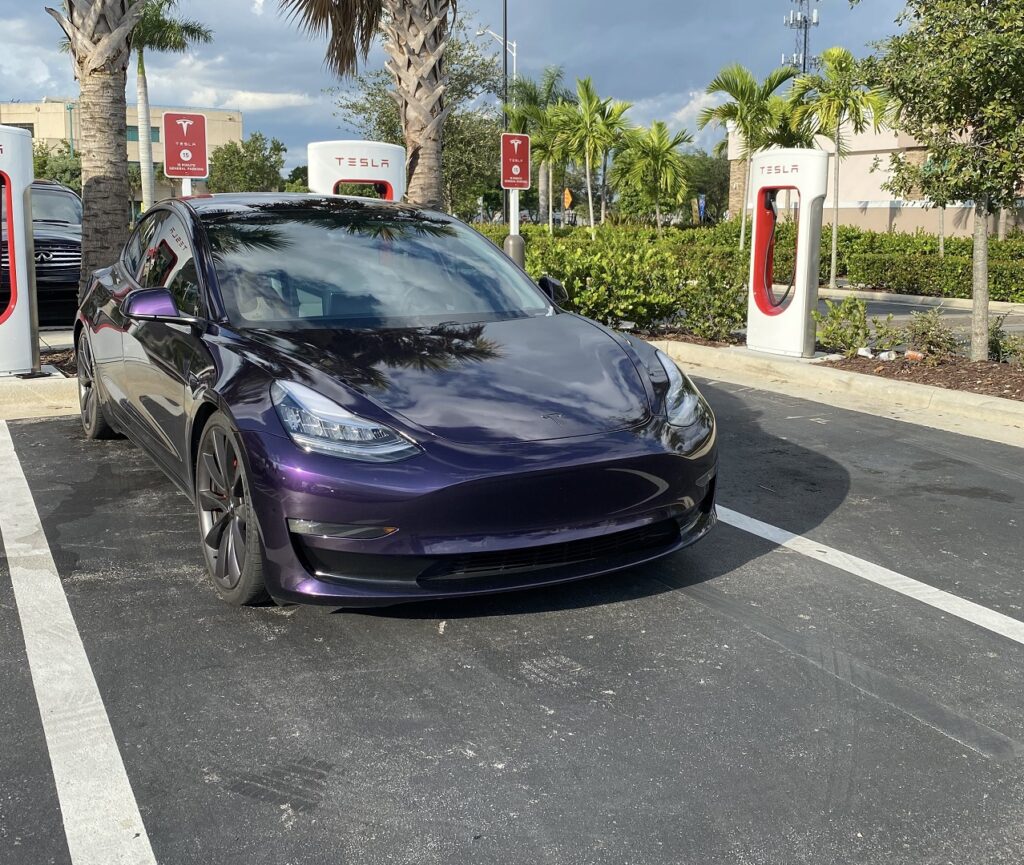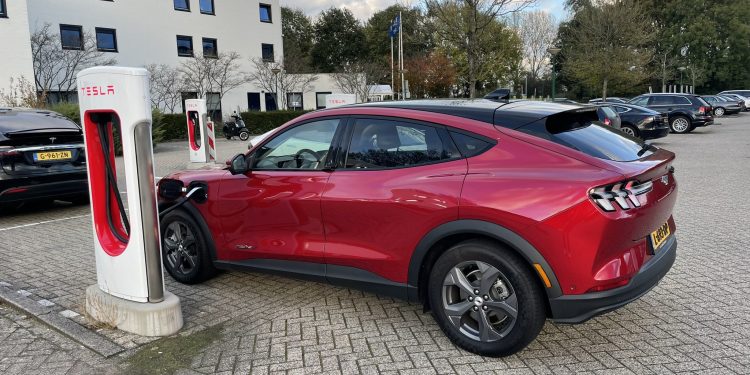A few months ago, Tesla announced that it would open the company’s superchargers to other brands, which undoubtedly represents a breakthrough for the electromobility refueling network. Now, it has enabled the first 10 charging stations that will fulfill their function for third-party vehicles.
The North Americans believed in electrification long before it became a revolution, led by Elon Musk. For some years now, they have enjoyed being one of the pioneers in this sector, so having their technological charging fleet and sharing it with the world represents a breakthrough in sustainability.
The more refueling points available, the better it is for electrified car users, since finding these locations more frequently will make more people join the transition and switch from fossil fuels to green ones, considering that one of the details when making the swap is knowing where to recharge batteries.

Related Content: Tesla Overcomes Chip Shortage, Sweeps Last Quarter Sales
The Netherlands has been selected by Tesla to begin this new era for the company. Users from other manufacturers have already been able to make use of U.S. Superchargers as part of Elon Musk’s pilot program seeking to expand the network globally.
Since the Californian manufacturer arrived on the market, the company knew that the recharging of vehicles would be a challenge, so it completely avoided the need to rely on third parties (like other brands) and developed their own service network from scratch, to provide a service that goes beyond selling vehicles.
By mid-2021, as reported by Tesla, the North American firm had 29,900 superchargers located at 2,966 stations, exclusively reserved for the brand’s users until October 31. Non-Tesla users will soon have a section enabled on the mobile app to make use of the refueling stations.

About Tesla
Tesla was founded in 2003 by a group of engineers who wanted to show people that electric vehicles can be better, faster and more fun to drive than gasoline cars. Today, the company not only makes electrified cars, but also infinitely scalable clean energy generation and storage products.
Written by | Ronald Ortega












